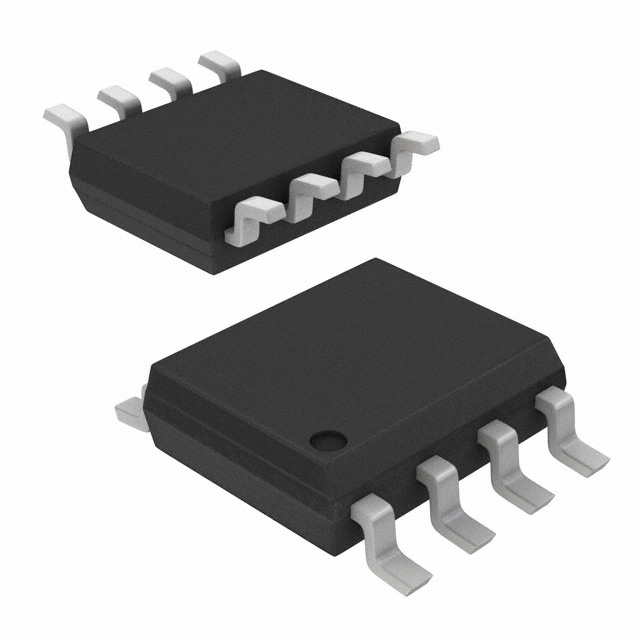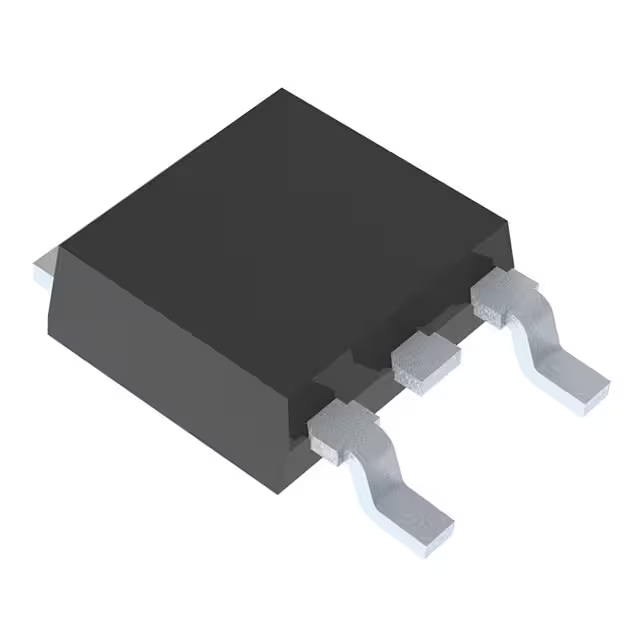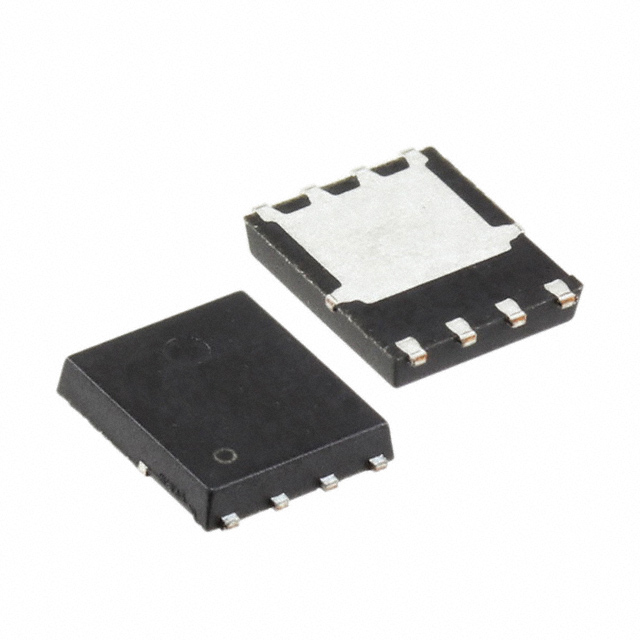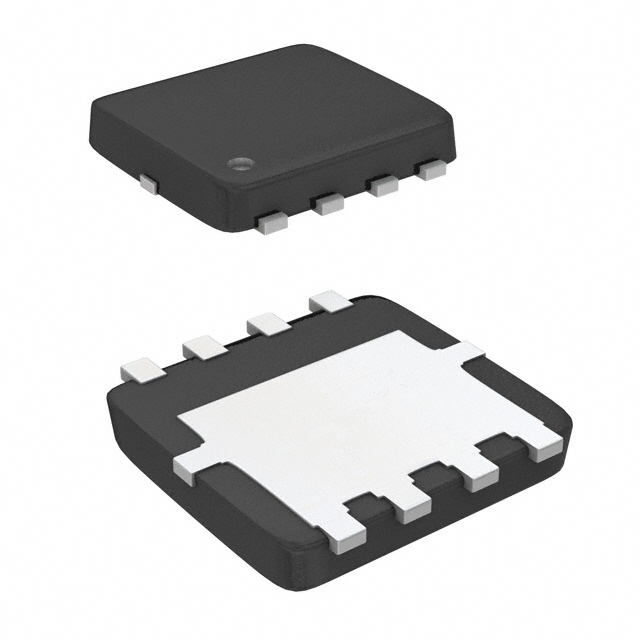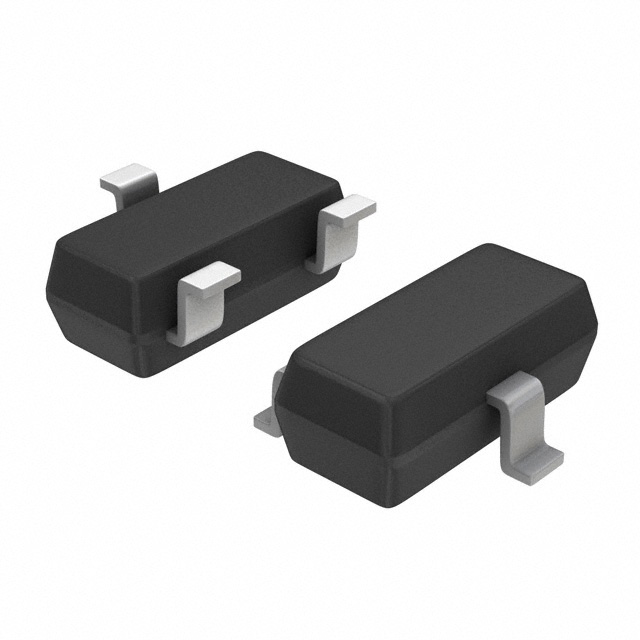FDV301N | Datasheet, Spice Model, PDF, Price onsemi
- FET Type: N-Channel
- Drainto Source Voltage(Vdss): 25 V
- Current-Continuous Drain(Id)@25°C: 220mA (Ta)
- Package: SOT-23-3

FREE delivery for orders over HK$250.00

Quick response, quick quotaton

Flash shipment,no worries after sales

Original channel,guarantee of the authentic products
FDV301N-NL-VB an N-channel SOT23 package MOS tube
FDV301N
FDV301N is a compact N-channel MOSFET perfect for direct MCU control. With low Rds(on) (0.14Ω typical) and low gate voltage (2.5V), you can easily drive it using Arduino or ESP32 GPIOs. It handles up to 0.7A and 25V, ideal for LEDs, small relays, or battery-powered devices. Its tiny SOT-23 package saves PCB space, especially in handheld designs.
FDV301N Pinout

| Pin Number | Pin Name | Description |
|---|---|---|
| 1 | G | Gate – Control signal input terminal |
| 2 | S | Source – Connects to ground or low-side terminal |
| 3 | D | Drain – Connects to load or high-side terminal |
When using the FDV301N, just connect the G pin to your MCU’s output, provide at least 2.5V to turn it on, S goes to ground, and D connects to your load. Remember to add a 10kΩ resistor from gate to ground to prevent accidental triggering. It’s designed for small loads like LEDs or relays, max current is just 700mA, so avoid high-power applications.
FDV301N Equivalent

| Parameter / Model | FDV301N | 2N7002 | IRLML6344 | BSS138 |
|---|---|---|---|---|
| Package | SOT-23 | SOT-23 | SOT-23 | SOT-23 |
| Type | N-channel MOSFET | N-channel MOSFET | N-channel MOSFET | N-channel MOSFET |
| VDS Max | 25V | 60V | 30V | 50V |
| ID Max | 0.7A | 115mA | 3.3A | 220mA |
| RDS(on) | 0.14Ω @ VGS=2.5V | 5Ω @ VGS=2.5V | 0.055Ω @ VGS=2.5V | 3.5Ω @ VGS=2.5V |
| Gate Drive Threshold | 0.6–1.5V | 1–2.5V | 0.6–1.0V | 1–2V |
| Features | Low voltage, fast switching | High voltage, low current | High current, better conduction | General purpose, logic-level compatible |
If you’re replacing the FDV301N, the IRLML6344 is a better choice for higher current and lower R_DS(on), good for motors or bright LEDs—but watch out for heat. For simple logic switching under 300mA, the 2N7002 or BSS138 is fine as a direct replacement, though their higher resistance limits current. Pick according to your project’s actual load requirements.
FDV301N MOSFET Switch Circuit
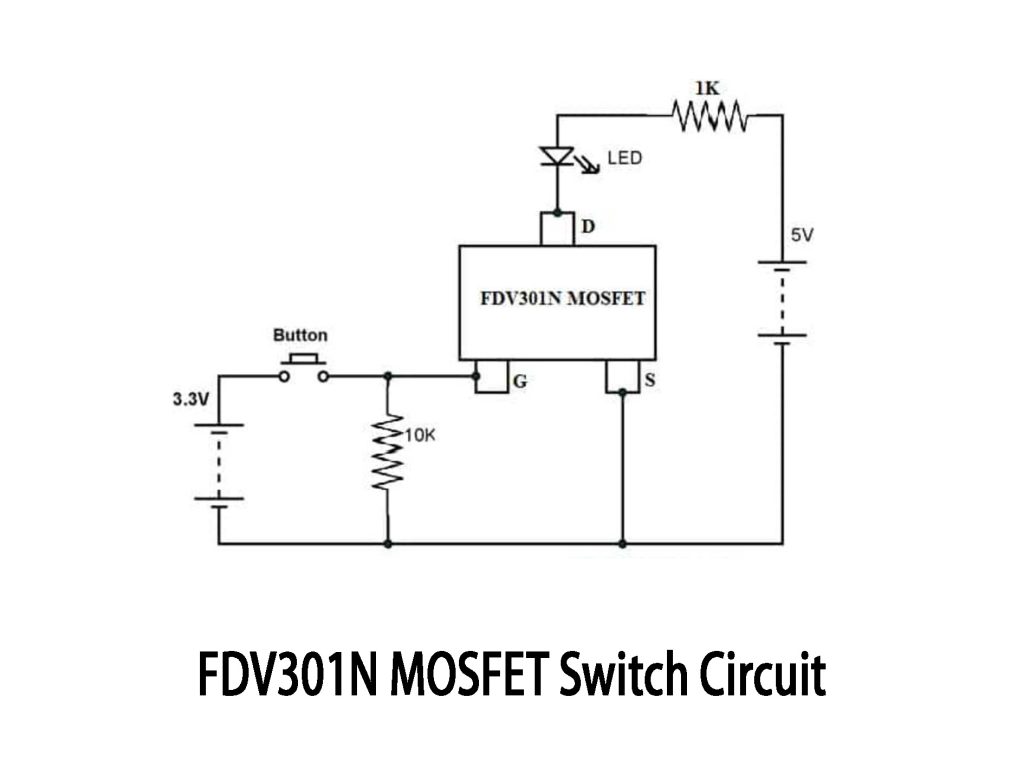
This simple circuit uses an FDV301N MOSFET as a low-side switch. Pressing the button sends 3.3V to the Gate, turning on the MOSFET and lighting the LED from the 5V source. Releasing the button turns off the MOSFET via the 10kΩ resistor. Ideal for Arduino or ESP32 digital outputs. Just remember: load current should stay below 0.7A, and always add a pull-down resistor at the Gate.
FDV301N Gate Resistor Design
Adding a gate resistor for FDV301N or similar MOSFETs isn’t required, but I’d recommend around 100Ω to avoid noise and protect your MCU. For high-speed PWM, choose 10Ω–50Ω; for better EMC performance, 330Ω–1kΩ is ideal. Generally, 100Ω is the safe and universal option.
FDV301N Low Side Switch Application
FDV301N is perfect as a low-side switch, especially for MCU-driven loads like LEDs, buzzers, relays, or small motors. Simply connect Source to ground, Drain to the load’s negative terminal, and supply a 3.3V or 5V signal to Gate from your MCU. Easy, safe, and efficient—just keep current below 700mA.
FDV301N Level Shifter Wiring
FDV301N works great as a low-side level shifter: connect Source to GND, Drain to the load’s negative side (like LED cathode), and Gate to your 3.3V GPIO. Ideal for simple one-way signals, but avoid high-speed lines like I²C or SPI.
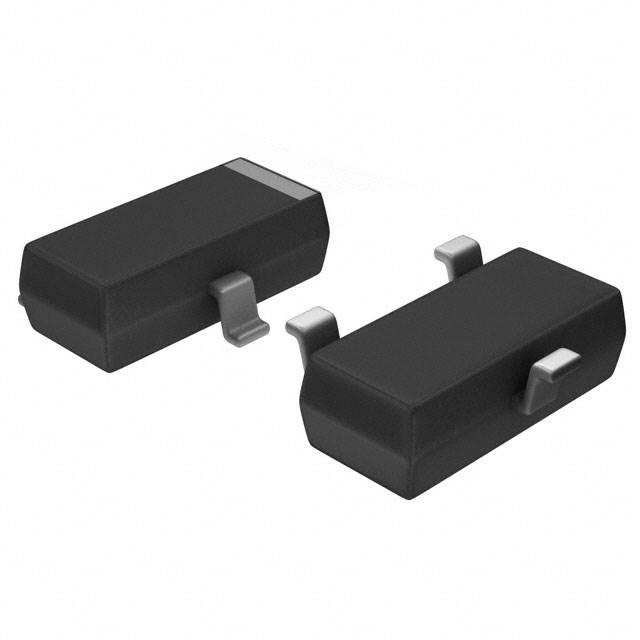

~~3.jpg)

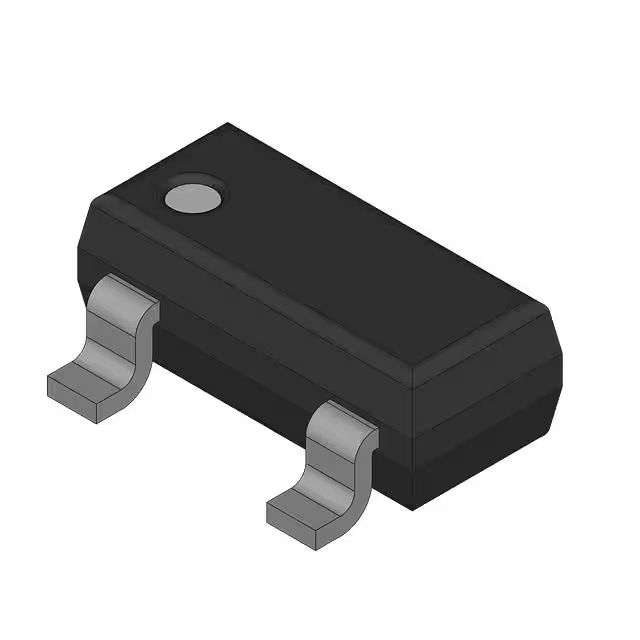

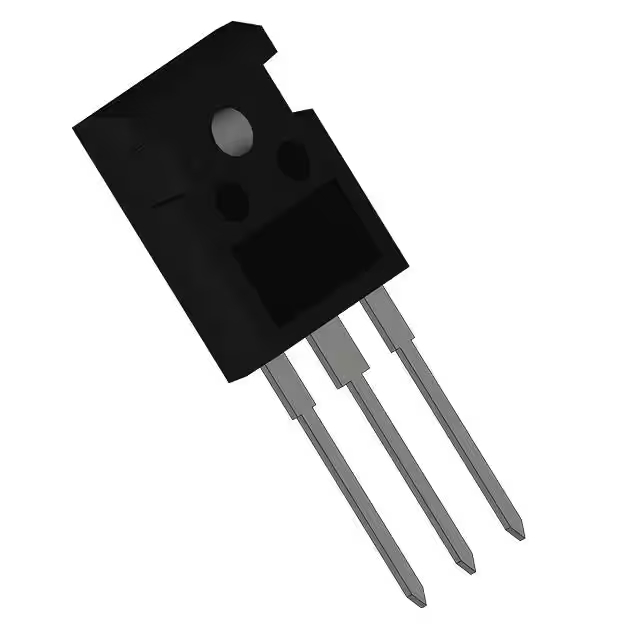
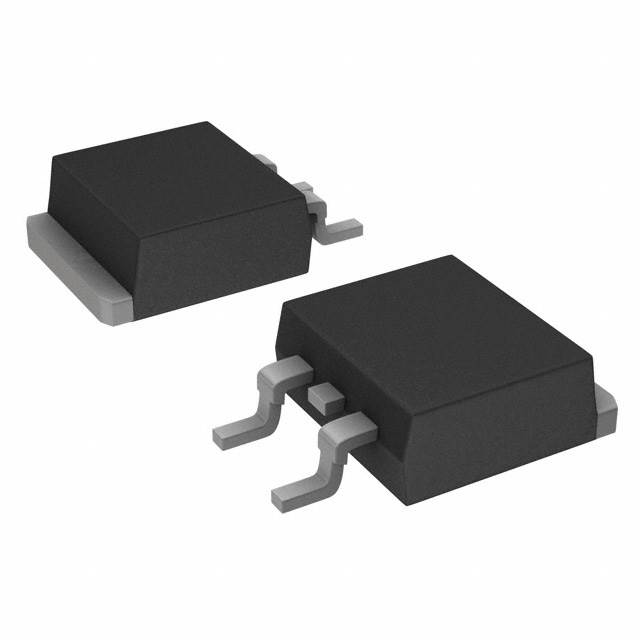


.jpg)
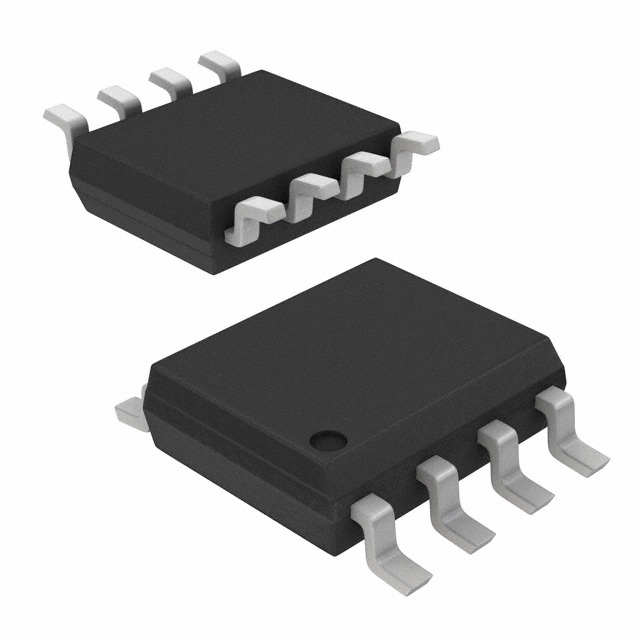


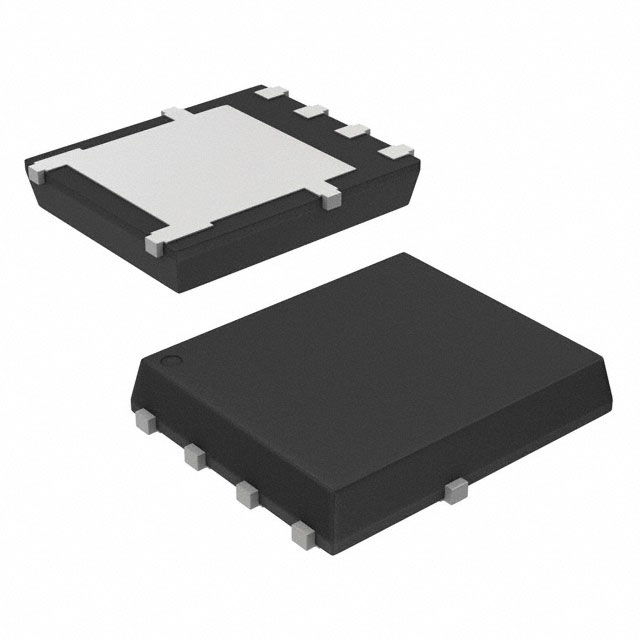

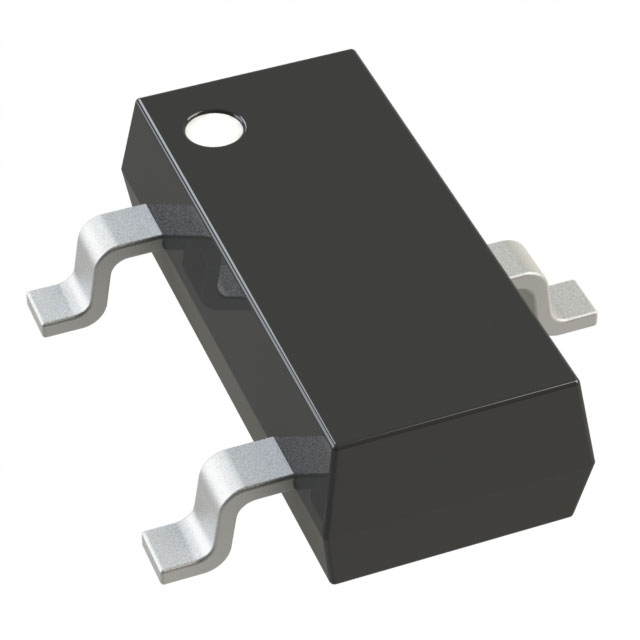
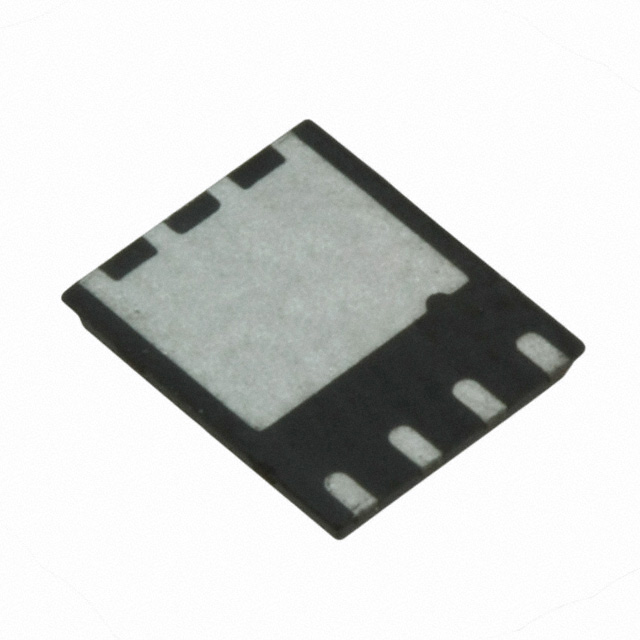


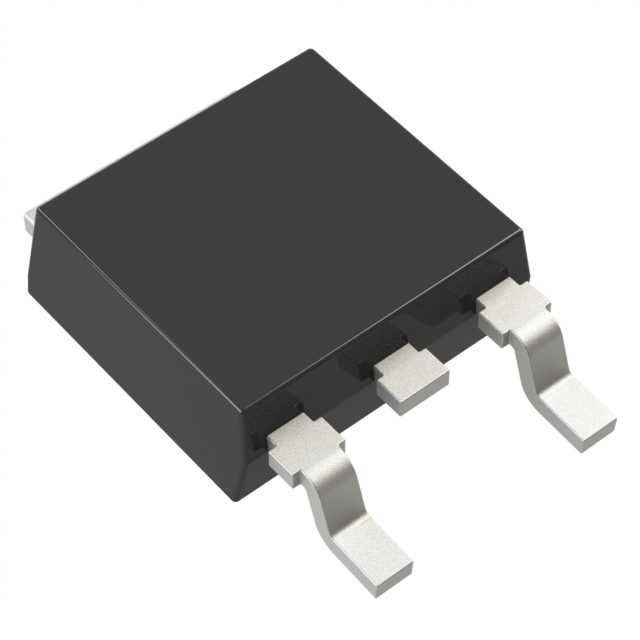


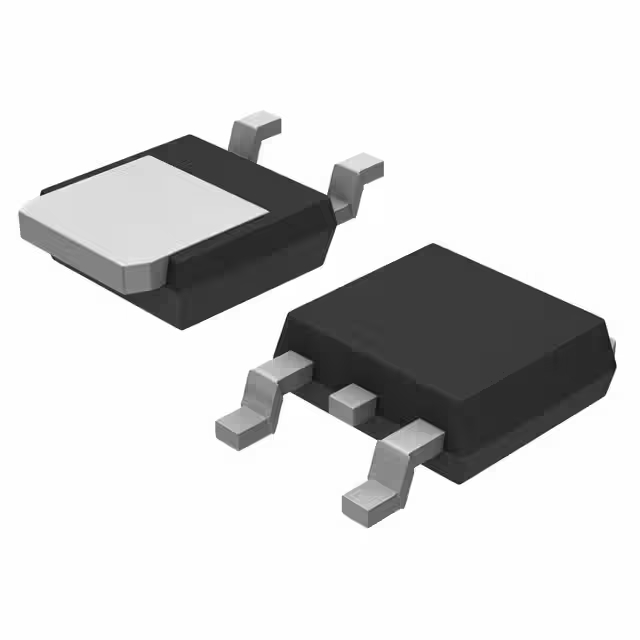
.jpg)
